Tourists who experience the night tour in the Forbidden City can easily see many crows flying towards Ngo Mon Gate or perching on the roofs of palaces inside this relic site from around 11pm and staying until dawn the next day.
In the quiet night, the crows' cries echoed throughout the Forbidden City, sending shivers down many people's spines.
The black crow flew back to the Forbidden City.
Explaining this phenomenon from a scientific perspective, Dr. Liu Haoming, a zoologist at Peking University, said: "The Forbidden City is a large space with many ancient trees, high palace roofs and little light. This is considered an ideal environment for crows to rest at night."
Crows in the grounds of the Forbidden City.
According to Dr. Luu Hao Minh, crows are intelligent birds with high memory and adaptability. It is completely normal for them to gather in quiet, high places with little human disturbance – especially at night, when the space is quieter.
Another reason scientists have pointed out is the special design of the Forbidden City. Most of the palaces inside this area are built in a north-south direction, receiving full sunlight during the day. Thanks to that, the large tiled roofs absorb a significant amount of heat.
At night, this heat is released, creating a warmer environment than the outside. Although they can adapt to many weather conditions, these warm roofs become ideal shelters for crows to escape the cold at night, especially during Beijing's harsh winters.
The complex structure of the roof with its many ledges and columns also provides safe and private perches for the crows to rest.
From a spiritual and cultural perspective, for East Asians, especially the Chinese, crows are often seen as a symbol of bad luck. Many even associate this phenomenon with strange stories in the Forbidden City.
However, in reality, crows are not always bad. In Chinese mythology, the three-legged crow is a symbol of the sun and power, and was present in the legend of Hou Yi shooting the sun.
In addition, historical documents also circulate a story about crows related to the founder of the Qing Dynasty, Aisin Gioro Nurhaci (or Qing Taizu), who was once in danger when being pursued by the Ming army. In desperation, he lay down under a tree and pretended to be dead.
Strangely, at this moment, a flock of black crows suddenly flew from somewhere and covered his body. When the Ming army arrived, they only saw a flock of crows, thinking it was a bad omen, so they left.
From then on, Nurhaci believed that crows were sacred birds that saved his life. After ascending the throne, he and his descendants worshiped these birds. Crow sacrifices became an important ritual of the royal family and Manchu families.
The Qing Dynasty even built a separate hall to worship the crow god and erected tall pillars called Shulungan in the Kunning Palace to store food for the crows. From then on, crows came to the Forbidden City in increasing numbers and gradually, this place became a familiar place for them to stay for a long time.
(According to vietnamnet.vn)
Source: http://baovinhphuc.com.vn/Multimedia/Images/Id/129271/Why-after-23-hour-Tu-Cam-Thanh-lai-hut-day-qua-den



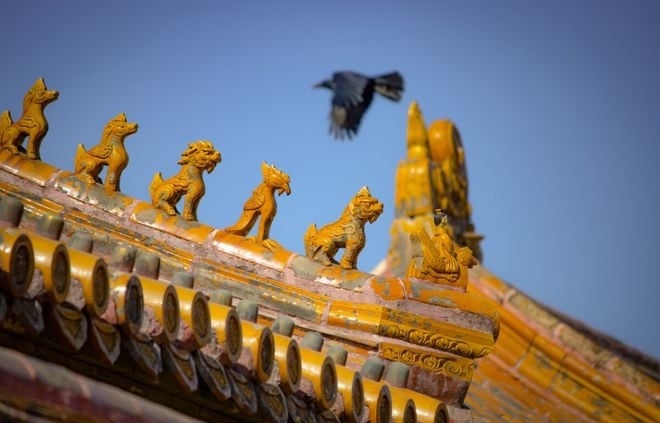
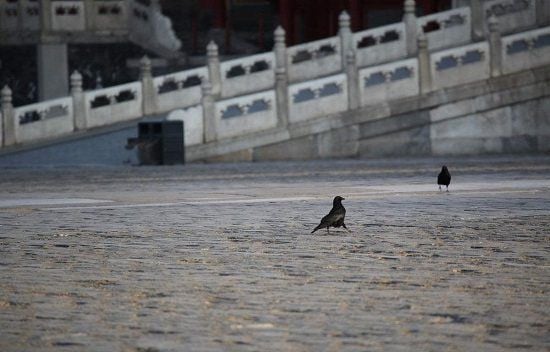
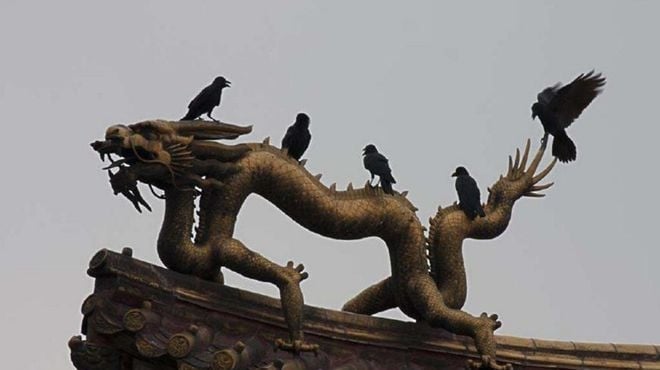
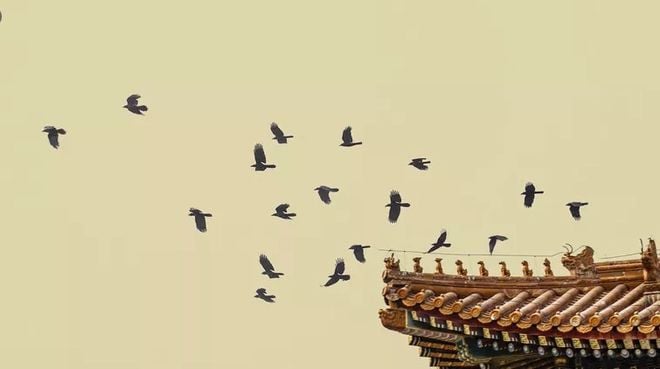
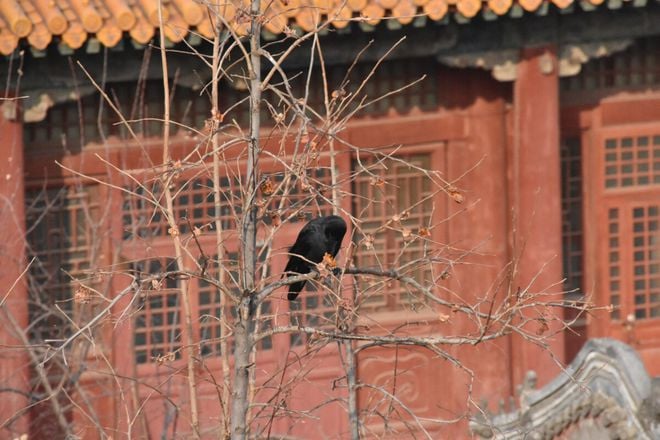
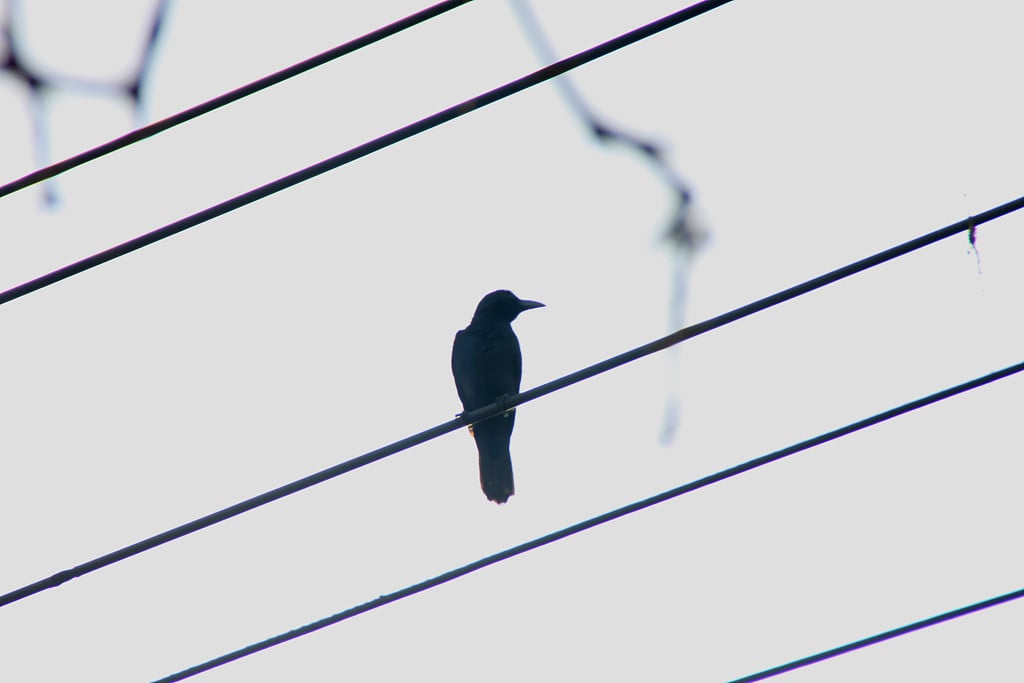
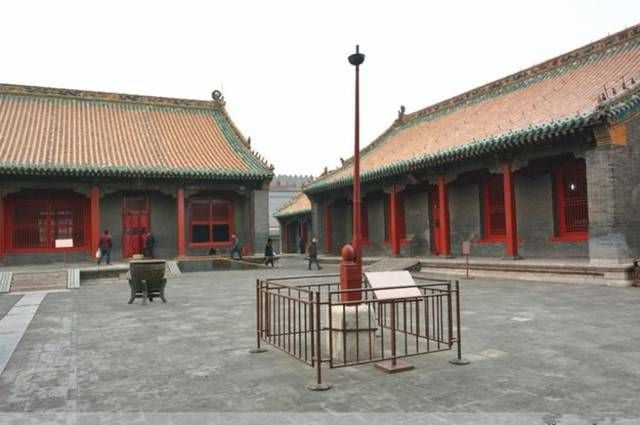

































































































Comment (0)